Philipp Koch
A tailored Handwritten-Text-Recognition System for Medieval Latin
Aug 18, 2023Abstract:The Bavarian Academy of Sciences and Humanities aims to digitize its Medieval Latin Dictionary. This dictionary entails record cards referring to lemmas in medieval Latin, a low-resource language. A crucial step of the digitization process is the Handwritten Text Recognition (HTR) of the handwritten lemmas found on these record cards. In our work, we introduce an end-to-end pipeline, tailored to the medieval Latin dictionary, for locating, extracting, and transcribing the lemmas. We employ two state-of-the-art (SOTA) image segmentation models to prepare the initial data set for the HTR task. Furthermore, we experiment with different transformer-based models and conduct a set of experiments to explore the capabilities of different combinations of vision encoders with a GPT-2 decoder. Additionally, we also apply extensive data augmentation resulting in a highly competitive model. The best-performing setup achieved a Character Error Rate (CER) of 0.015, which is even superior to the commercial Google Cloud Vision model, and shows more stable performance.
L-SeqSleepNet: Whole-cycle Long Sequence Modelling for Automatic Sleep Staging
Jan 25, 2023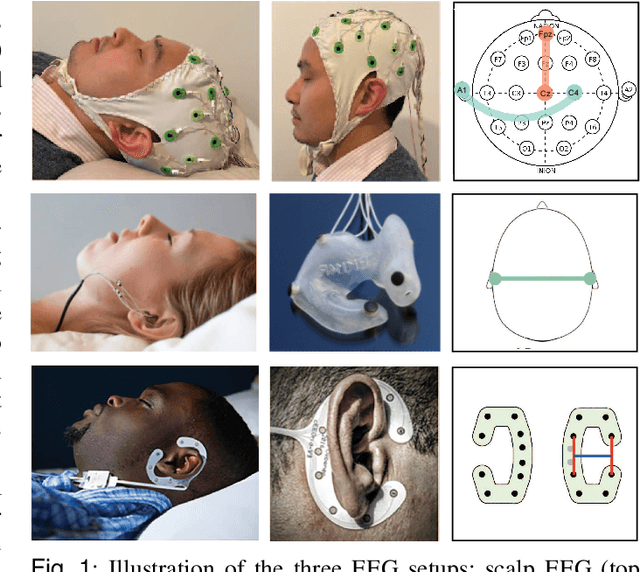
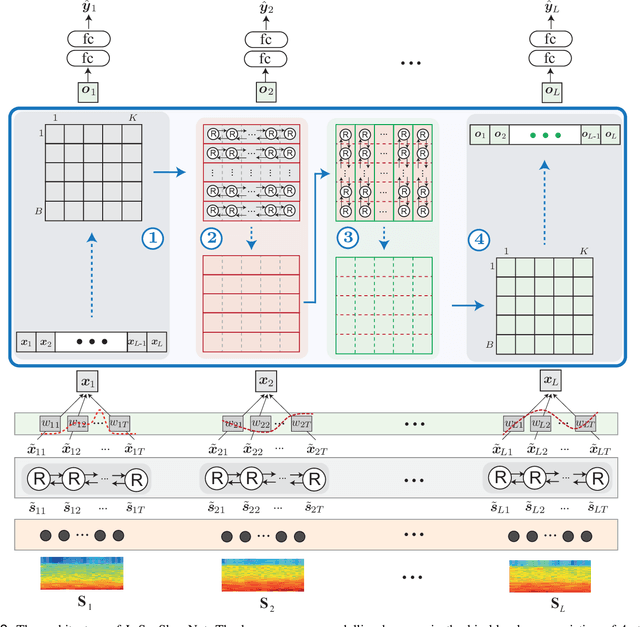
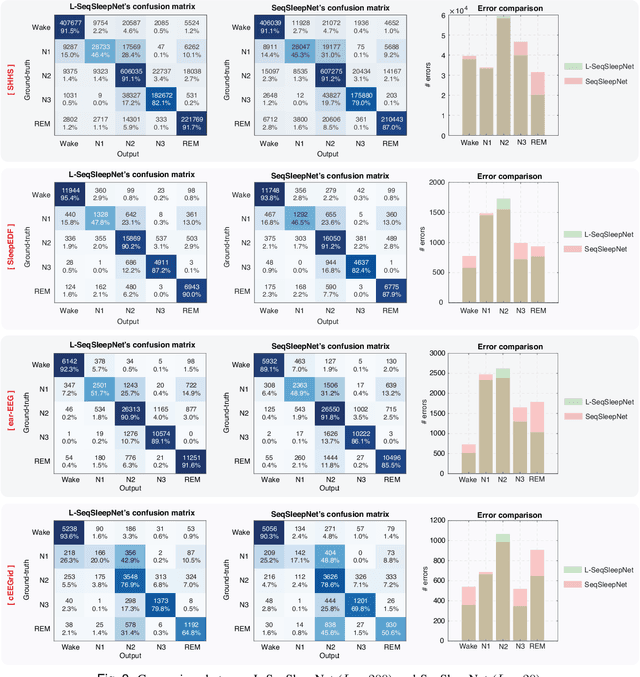
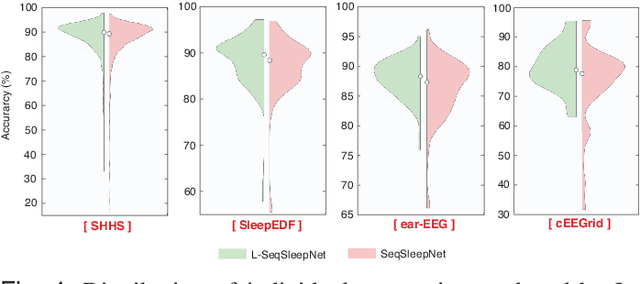
Abstract:Human sleep is cyclical with a period of approximately 90 minutes, implying long temporal dependency in the sleep data. Yet, exploring this long-term dependency when developing sleep staging models has remained untouched. In this work, we show that while encoding the logic of a whole sleep cycle is crucial to improve sleep staging performance, the sequential modelling approach in existing state-of-the-art deep learning models are inefficient for that purpose. We thus introduce a method for efficient long sequence modelling and propose a new deep learning model, L-SeqSleepNet, which takes into account whole-cycle sleep information for sleep staging. Evaluating L-SeqSleepNet on four distinct databases of various sizes, we demonstrate state-of-the-art performance obtained by the model over three different EEG setups, including scalp EEG in conventional Polysomnography (PSG), in-ear EEG, and around-the-ear EEG (cEEGrid), even with a single EEG channel input. Our analyses also show that L-SeqSleepNet is able to alleviate the predominance of N2 sleep (the major class in terms of classification) to bring down errors in other sleep stages. Moreover the network becomes much more robust, meaning that for all subjects where the baseline method had exceptionally poor performance, their performance are improved significantly. Finally, the computation time only grows at a sub-linear rate when the sequence length increases.
Multimodal Deep Learning
Jan 12, 2023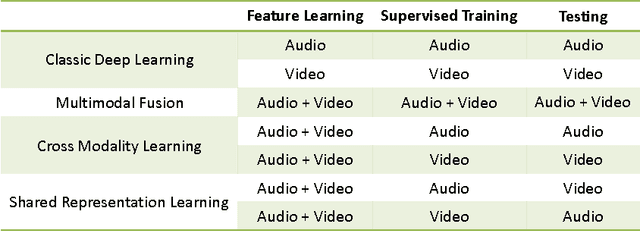
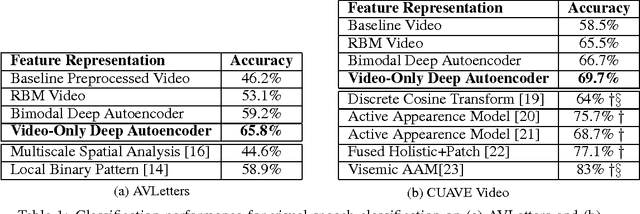


Abstract:This book is the result of a seminar in which we reviewed multimodal approaches and attempted to create a solid overview of the field, starting with the current state-of-the-art approaches in the two subfields of Deep Learning individually. Further, modeling frameworks are discussed where one modality is transformed into the other, as well as models in which one modality is utilized to enhance representation learning for the other. To conclude the second part, architectures with a focus on handling both modalities simultaneously are introduced. Finally, we also cover other modalities as well as general-purpose multi-modal models, which are able to handle different tasks on different modalities within one unified architecture. One interesting application (Generative Art) eventually caps off this booklet.
Polyphonic audio event detection: multi-label or multi-class multi-task classification problem?
Jan 29, 2022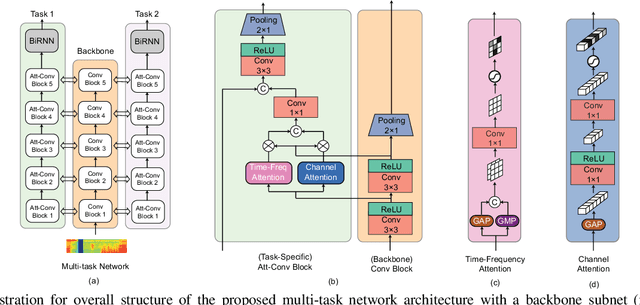
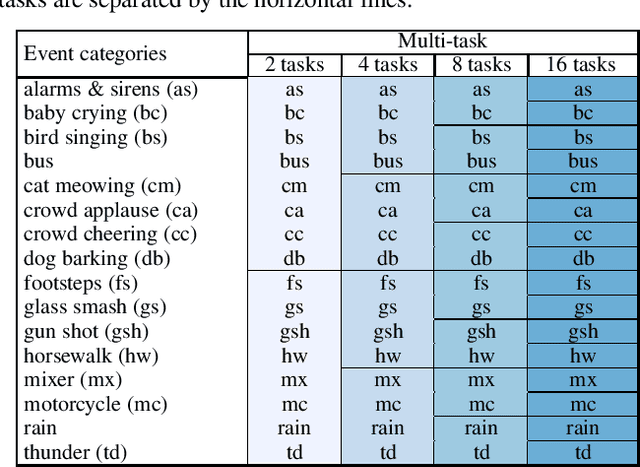
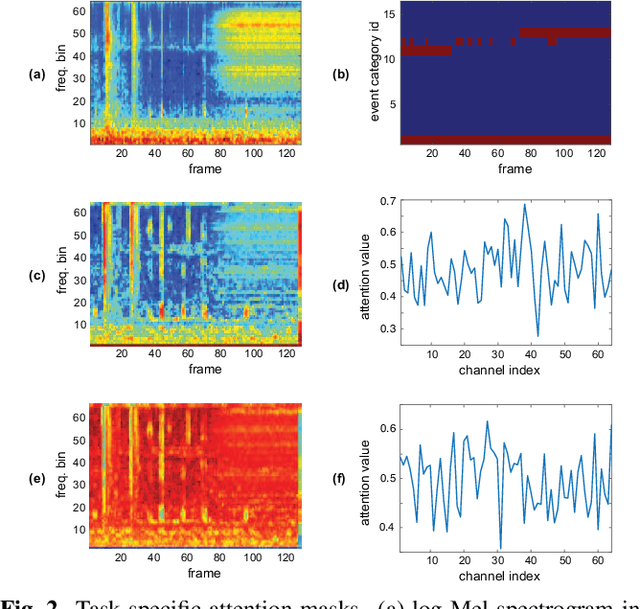
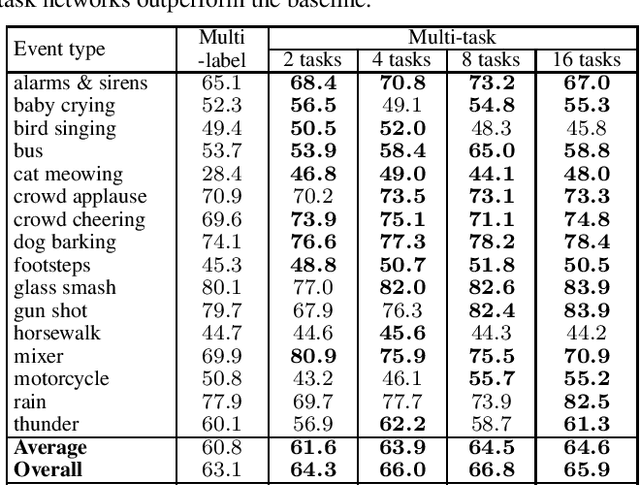
Abstract:Polyphonic events are the main error source of audio event detection (AED) systems. In deep-learning context, the most common approach to deal with event overlaps is to treat the AED task as a multi-label classification problem. By doing this, we inherently consider multiple one-vs.-rest classification problems, which are jointly solved by a single (i.e. shared) network. In this work, to better handle polyphonic mixtures, we propose to frame the task as a multi-class classification problem by considering each possible label combination as one class. To circumvent the large number of arising classes due to combinatorial explosion, we divide the event categories into multiple groups and construct a multi-task problem in a divide-and-conquer fashion, where each of the tasks is a multi-class classification problem. A network architecture is then devised for multi-class multi-task modelling. The network is composed of a backbone subnet and multiple task-specific subnets. The task-specific subnets are designed to learn time-frequency and channel attention masks to extract features for the task at hand from the common feature maps learned by the backbone. Experiments on the TUT-SED-Synthetic-2016 with high degree of event overlap show that the proposed approach results in more favorable performance than the common multi-label approach.
Rapidly-Exploring Random Graph Next-Best View Exploration for Ground Vehicles
Aug 02, 2021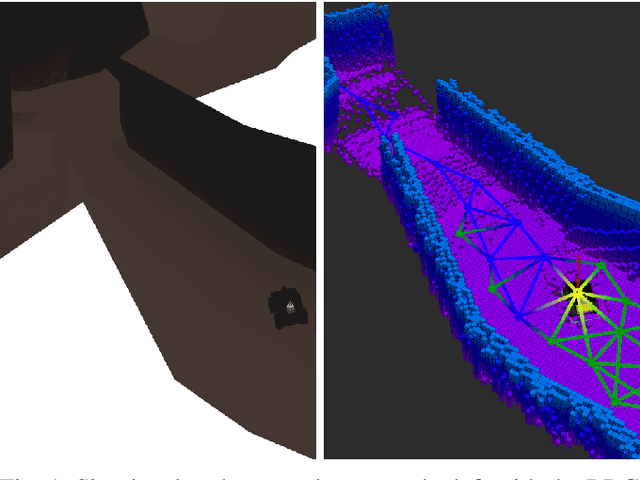



Abstract:In this paper, a novel approach is introduced which utilizes a Rapidly-exploring Random Graph to improve sampling-based autonomous exploration of unknown environments with unmanned ground vehicles compared to the current state of the art. Its intended usage is in rescue scenarios in large indoor and underground environments with limited teleoperation ability. Local and global sampling are used to improve the exploration efficiency for large environments. Nodes are selected as the next exploration goal based on a gain-cost ratio derived from the assumed 3D map coverage at the particular node and the distance to it. The proposed approach features a continuously-built graph with a decoupled calculation of node gains using a computationally efficient ray tracing method. The Next-Best View is evaluated while the robot is pursuing a goal, which eliminates the need to wait for gain calculation after reaching the previous goal and significantly speeds up the exploration. Furthermore, a grid map is used to determine the traversability between the nodes in the graph while also providing a global plan for navigating towards selected goals. Simulations compare the proposed approach to state-of-the-art exploration algorithms and demonstrate its superior performance.
SleepTransformer: Automatic Sleep Staging with Interpretability and Uncertainty Quantification
May 23, 2021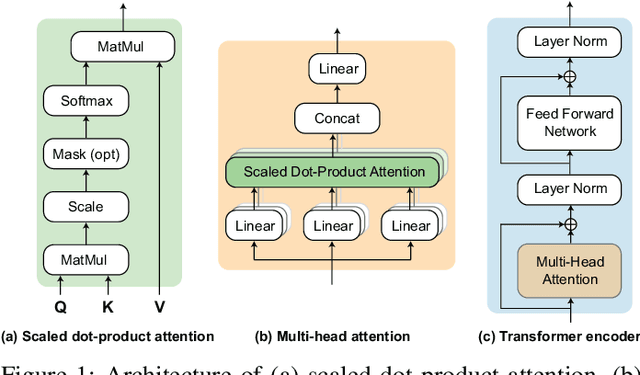
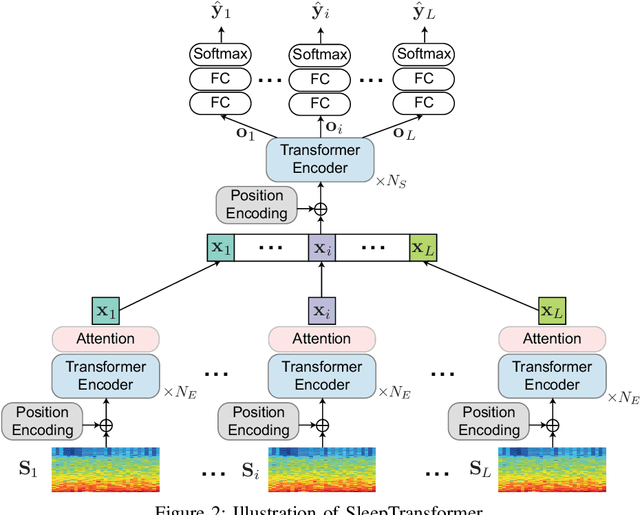


Abstract:Black-box skepticism is one of the main hindrances impeding deep-learning-based automatic sleep scoring from being used in clinical environments. Towards interpretability, this work proposes a sequence-to-sequence sleep-staging model, namely SleepTransformer. It is based on the transformer backbone whose self-attention scores offer interpretability of the model's decisions at both the epoch and sequence level. At the epoch level, the attention scores can be encoded as a heat map to highlight sleep-relevant features captured from the input EEG signal. At the sequence level, the attention scores are visualized as the influence of different neighboring epochs in an input sequence (i.e. the context) to recognition of a target epoch, mimicking the way manual scoring is done by human experts. We further propose a simple yet efficient method to quantify uncertainty in the model's decisions. The method, which is based on entropy, can serve as a metric for deferring low-confidence epochs to a human expert for further inspection. Additionally, we demonstrate that the proposed SleepTransformer outperforms existing methods at a lower computational cost and achieves state-of-the-art performance on two experimental databases of different sizes.
Multi-view Audio and Music Classification
Mar 03, 2021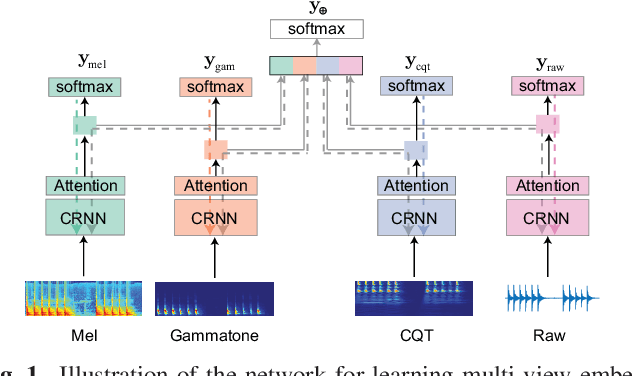

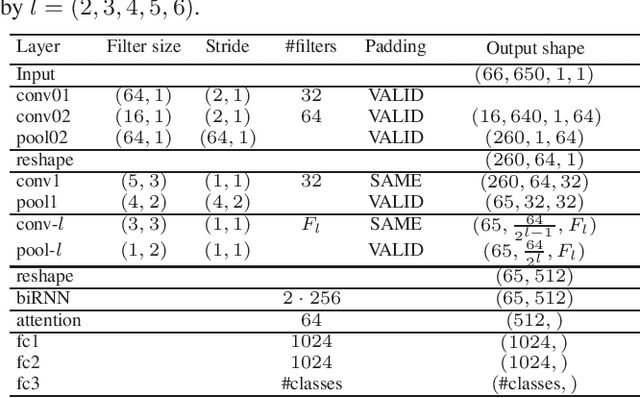

Abstract:We propose in this work a multi-view learning approach for audio and music classification. Considering four typical low-level representations (i.e. different views) commonly used for audio and music recognition tasks, the proposed multi-view network consists of four subnetworks, each handling one input types. The learned embedding in the subnetworks are then concatenated to form the multi-view embedding for classification similar to a simple concatenation network. However, apart from the joint classification branch, the network also maintains four classification branches on the single-view embedding of the subnetworks. A novel method is then proposed to keep track of the learning behavior on the classification branches and adapt their weights to proportionally blend their gradients for network training. The weights are adapted in such a way that learning on a branch that is generalizing well will be encouraged whereas learning on a branch that is overfitting will be slowed down. Experiments on three different audio and music classification tasks show that the proposed multi-view network not only outperforms the single-view baselines but also is superior to the multi-view baselines based on concatenation and late fusion.
Self-Attention Generative Adversarial Network for Speech Enhancement
Oct 18, 2020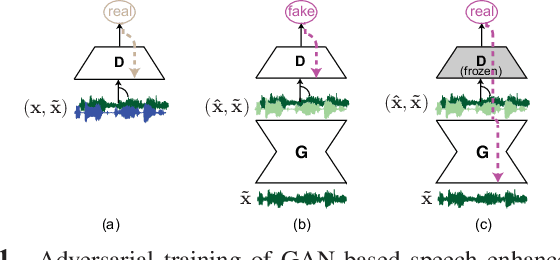
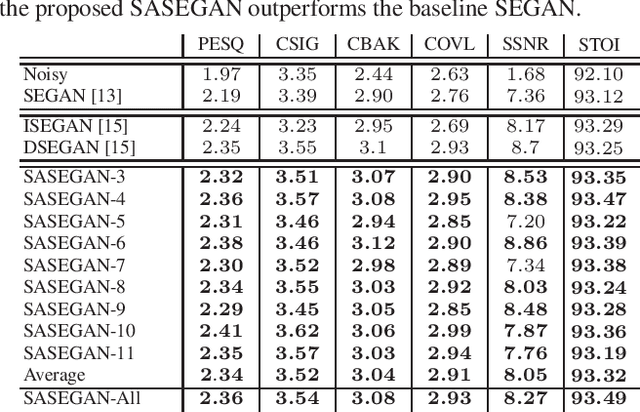
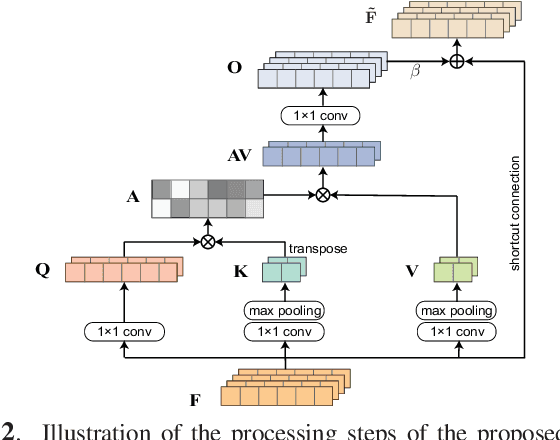
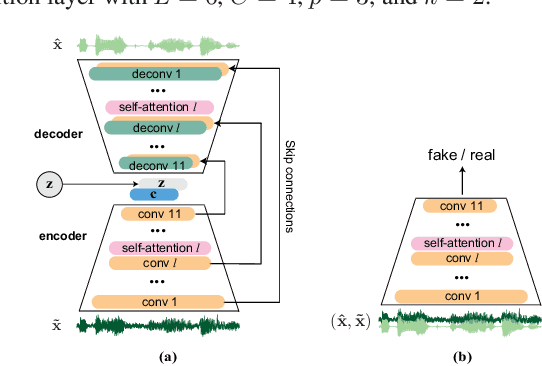
Abstract:Existing generative adversarial networks (GANs) for speech enhancement solely rely on the convolution operation, which may obscure temporal dependencies across the sequence input. To remedy this issue, we propose a self-attention layer adapted from non-local attention, coupled with the convolutional and deconvolutional layers of a speech enhancement GAN (SEGAN) using raw signal input. Further, we empirically study the effect of placing the self-attention layer at the (de)convolutional layers with varying layer indices as well as at all of them when memory allows. Our experiments show that introducing self-attention to SEGAN leads to consistent improvement across the objective evaluation metrics of enhancement performance. Furthermore, applying at different (de)convolutional layers does not significantly alter performance, suggesting that it can be conveniently applied at the highest-level (de)convolutional layer with the smallest memory overhead.
On Multitask Loss Function for Audio Event Detection and Localization
Sep 11, 2020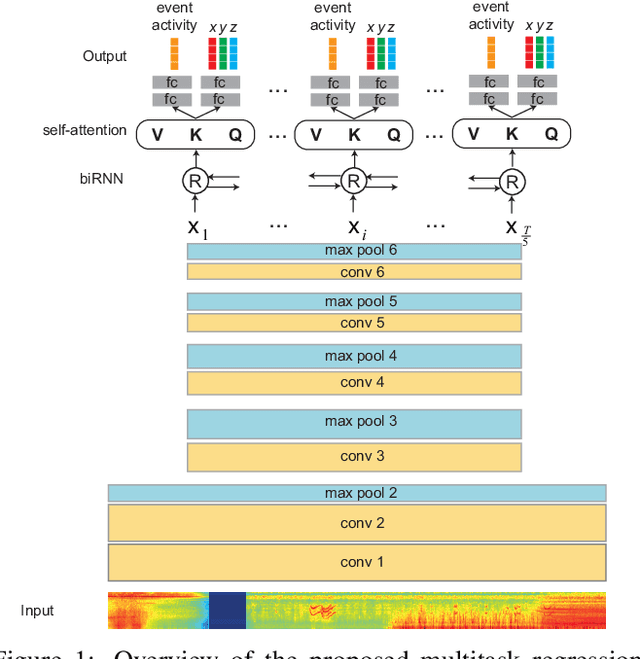

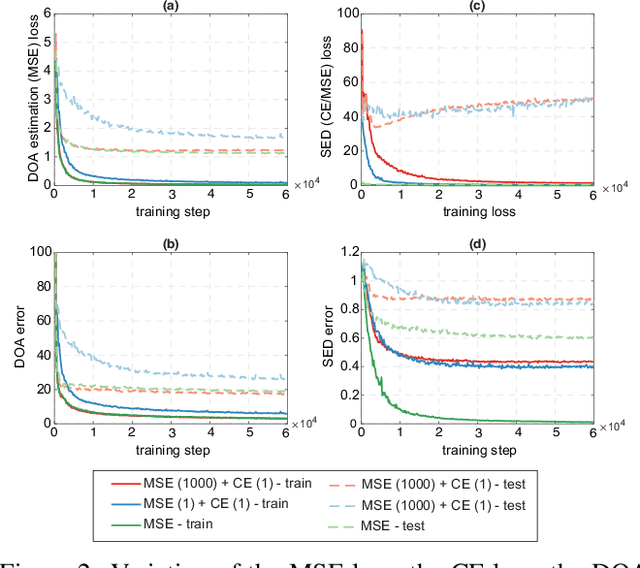
Abstract:Audio event localization and detection (SELD) have been commonly tackled using multitask models. Such a model usually consists of a multi-label event classification branch with sigmoid cross-entropy loss for event activity detection and a regression branch with mean squared error loss for direction-of-arrival estimation. In this work, we propose a multitask regression model, in which both (multi-label) event detection and localization are formulated as regression problems and use the mean squared error loss homogeneously for model training. We show that the common combination of heterogeneous loss functions causes the network to underfit the data whereas the homogeneous mean squared error loss leads to better convergence and performance. Experiments on the development and validation sets of the DCASE 2020 SELD task demonstrate that the proposed system also outperforms the DCASE 2020 SELD baseline across all the detection and localization metrics, reducing the overall SELD error (the combined metric) by approximately 10% absolute.
XSleepNet: Multi-View Sequential Model for Automatic Sleep Staging
Jul 17, 2020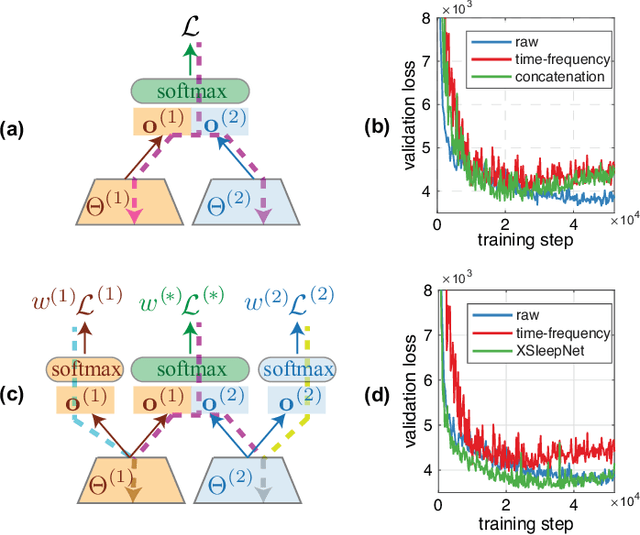

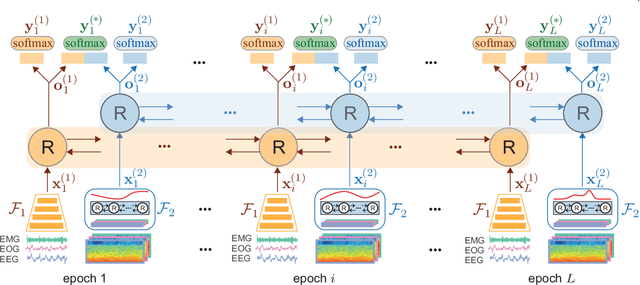
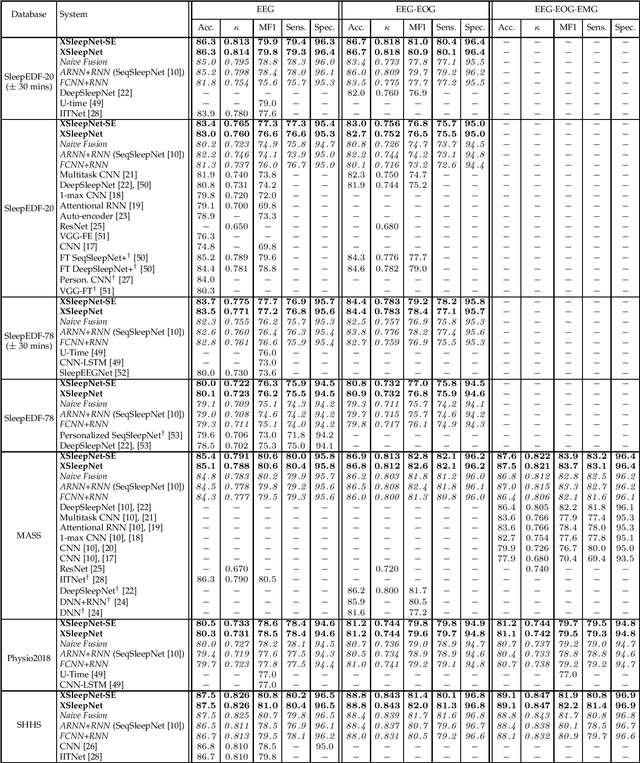
Abstract:Automating sleep staging is vital to scale up sleep assessment and diagnosis to millions of people experiencing sleep deprivation and disorders and to enable longitudinal sleep monitoring in home environments. Learning from raw polysomnography signals and their derived time-frequency images has been prevalent. However, learning from multi-view inputs (e.g. both the raw signals and the time-frequency images) for sleep staging is difficult and not well understood. This work proposes a sequence-to-sequence sleep staging model, XSleepNet, that is capable of learning a joint representation from both raw signals and time-frequency images effectively. Since different views often generalize (and overfit) at different rates, the proposed network is trained in such a way that the learning pace on each view is adapted based on their generalization/overfitting behavior. In simple terms, the learning on a particular view is speeded up when it is generalizing well and slowed down when it is overfitting. View-specific generalization/overfitting measures are computed on-the-fly during the training course and used to derive weights to blend the gradients from different views. As a result, the network is able to retain representation power of different views in the joint features which represent the underlying distribution better than those learned by each individual view alone. Furthermore, the XSleepNet architecture is principally designed to gain robustness to the amount of training data and to increase the complementarity between the input views. Experimental results on five databases of different size show that XSleepNet consistently results in better performance than the single-view baselines as well as the multi-view baseline with a simple fusion strategy. Finally, XSleepNet outperforms all prior sleep staging methods and sets new state-of-the-art results on the experimental databases.
 Add to Chrome
Add to Chrome Add to Firefox
Add to Firefox Add to Edge
Add to Edge